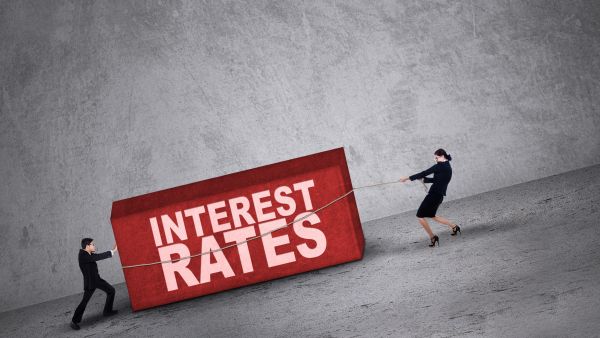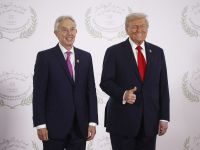Federal Reserve admits to looming economic slowdown
ALBAWABA – The U.S. Federal Reserve Board (Fed) raised interest rates by 0.25 percentile points late on Wednesday to the 5 to 5.25% range, according to Reuters, whereas next steps in terms of further interest hikes remain unclear.
Fed Chair Jerome Powell said that further increases may be warranted in the face of rising inflation, but the economy "is also showing signs of a slowdown."
This is especially true with risks of a tough credit crackdown by banks on the horizon, in light of the ongoing banking crisis, which started with the collapse of the Silicon Valley Bank, in March 2023.
A total of four U.S. Banks have collapsed in four months, Investing.com reported, signaling more may follow as big banks step in to buy out failed ones.
Meanwhile, banks are expected to adapt tougher credit and lending policies, Powell added.
As interest rates soar, it becomes more expensive to borrow money, which stifles economic growth and suffocates the banking sector.
Higher interest rates
"We're closer, or maybe even there," Powell said, in reference to the Fed’s attempt to find the monetary sweet spot, balancing the pros and cons of higher interest rates, economically speaking.
However, the Fed has already raised the interest rate by five percentage points since March 2022.
As Reuters explains it, the gradual increase helps cushion the negative impacts of higher interest rates, but it requires some time for the positive impact to be felt, i.e. curbing inflation.
Still, Powell underlined that further interest rate hikes are not categorically out of the question.
"We are prepared to do more," he said, with policy decisions from June onward to be made on a "meeting-by-meeting" basis, Reuters pointed out.
Fed rates omen meltdown
In 2005 through 2006, also to curb rising inflation, the U.S. central bank, i.e. the Federal Reserve Board, gradually raised interest rates from 1.97 percent to 5.17 percent, Macrotrends.net data shows.
This is roughly the same as the current Fed rate.
To avoid an economic disaster, the central bank began lowering the interest rate in 2007, from a high of 5.41 percent to 3.06 percent at the end of the year, however, that was not enough.
In 2008, when the infamous financial crisis imploded, the market was so disrupted that the board had to juggle Fed rates.

Between dropping it to a low of 0.9 percent and shooting it back to 4.27 percent, the interest rate averaged at 1.92 percent that year, as the financial market collapsed, taking down some of the largest banks in the United States.
Fed is hopeful
Nonetheless, the Fed official explained that the possibility of it all working out is quite likely.
So much that the Federal Reserve is painting a pretty picture of a near future where interest rates are reduced and inflation rates are lower.
In fact, according to Reuters, traders also see possible rate cuts happening in September.
However, "we on the committee have a view that inflation is going to come down not so quickly, it will take some time," Powell told reporters, and "in that world, if that forecast is broadly right, it would not be appropriate to cut rates" this year.







